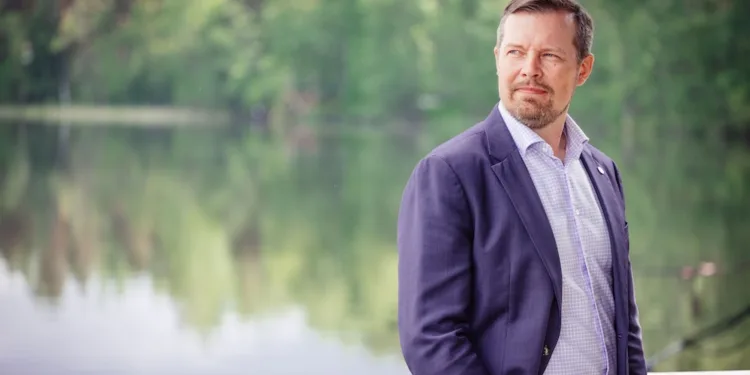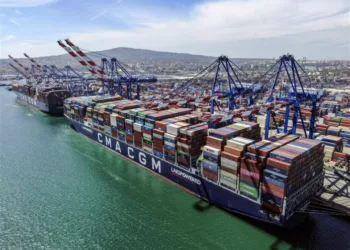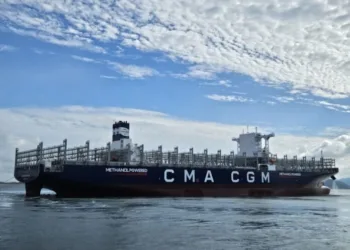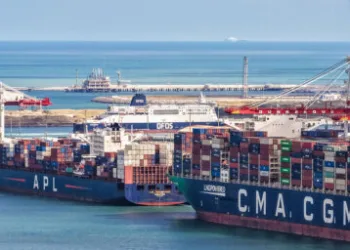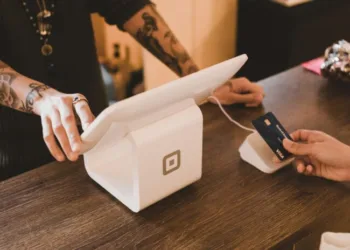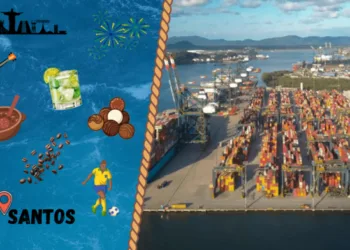Shipping’s decarbonisation drive won’t be defined by one big breakthrough, according to Mikko Kuosa, CEO of Finland-based software company NAPA. Instead, the focus is shifting to combining proven technologies and tailoring solutions to fit specific vessel types and trades.
“There will not be a single silver-bullet solution,” Kuosa tells Maritime CEO. “Different permutation and combinations of technologies will prove optimal in different scenarios.”
Short-sea shipping is seeing battery-powered vessels coming online. For deep-sea, hybrid setups are gaining traction, including wind-assisted propulsion. Kuosa points to a recent simulation run by NAPA, Norsepower and Sumitomo that showed emissions could be cut by up to 28% when wind power is paired with voyage optimisation.
Design-stage simulation is also coming into its own. Shipyards like HD Hyundai and Chantiers de l’Atlantique are using digital twins to model real-world fuel use, hydrodynamics, emissions, and even crew workflow before a single section is welded. Kuosa says this shift helps ensure that “ships entering the water are already greener, safer and optimized for real-world performance.”
Integration is what’s driving all this forward. “The future will favour solutions that connect data, technology and people seamlessly. That’s where the breakthroughs will be most visible,” he says.
AI is already playing a key role in NAPA’s offering. It’s being used to analyse hull fouling, predict CII ratings, and refine fuel efficiency. “In performance monitoring, we use it to analyze hull fouling, predict CII ratings for specific voyages, and model fuel efficiency with remarkable precision,” Kuosa explains.
It’s also being applied to ship safety and port navigation. “We’ve integrated AI into our ship stability and loading software, automatically optimising cargo placement in line with the IMDG code and sending alerts to prevent hazardous misplacement,” he says. The same technology is being used to process AIS data more accurately than ever.
“These advances aren’t about replacing human judgment; they’re about supporting the crews and shoreside teams with better tools,” Kuosa adds.
But the next leap in AI will only come once the industry cleans up its data. “Shipping’s fragmented data systems mean we don’t yet have the structured, interconnected data required to unlock the next wave of AI innovation,” he says. “Once our industry establishes strong data hygiene, the floodgates of innovation will surely open.”
NAPA is positioning itself at the centre of this ecosystem. With tools covering everything from early-stage design to daily operations, the company is creating continuous feedback loops that allow lessons from one vessel to inform the design and performance of the next. “Operational data from one ship can improve the design of the next, and even after a vessel is retired, its operational data can live on to inform future fleets,” Kuosa says.
On the commercial side, the industry is finally starting to put serious money behind technology. “The cost of inaction is rapidly becoming greater than the cost of innovation,” says Kuosa. Wind propulsion is no longer experimental—installations have doubled in two years. Voyage optimisation, once a fringe tool, is now a board-level discussion.
“Digital logbooks, for instance, have moved from trial projects to fleet-wide rollouts. It’s not just efficiency; it’s risk reduction and improved compliance discipline,” he says. But there’s still ground to cover. “The penny has dropped, but it’s still rolling. The next few years will determine whether companies pick it up and invest, or watch competitors move ahead without them.”
Internally, NAPA is shifting its own talent base, bringing in new technical roles and focusing more heavily on customer-centric design. “We don’t just build software – we design solutions around the full customer journey,” says Kuosa.
Externally, the company is pushing collaboration hard. NAPA Studios, the firm’s innovation and co-creation platform, is working with shipowners, yards, class, and even financiers. “These are not problems any single company can solve in isolation,” Kuosa notes. One example: a digital twin initiative involving 13 of Japan’s largest shipping firms, aiming to build a secure data-sharing model between shipyards and operators.
Kuosa is also clear on one thing: no digital transition will succeed if it adds to the already heavy burden on crews. “Success depends on seafarers and shoreside teams—and they are under growing strain,” he says. Citing research showing mental health issues and increased workloads among senior officers, he argues that tech must ease the load, not add to it.
NAPA’s digital logbook has cut admin time by 2,000 hours per vessel per year for operators like Anthony Veder. Smart checklists and a digital Permit to Work tool—trialled with Carnival and Virgin Voyages—are now part of the company’s broader effort to improve safety and reduce complexity.
“The goal is simple: reduce manual effort, minimize compliance risk, and give crews and companies the clarity they need to navigate the transition safely and sustainably,” Kuosa says.
And more tools are coming. “No matter how advanced the tools, the green transition will only succeed if we make it manageable for the people doing the work.”



